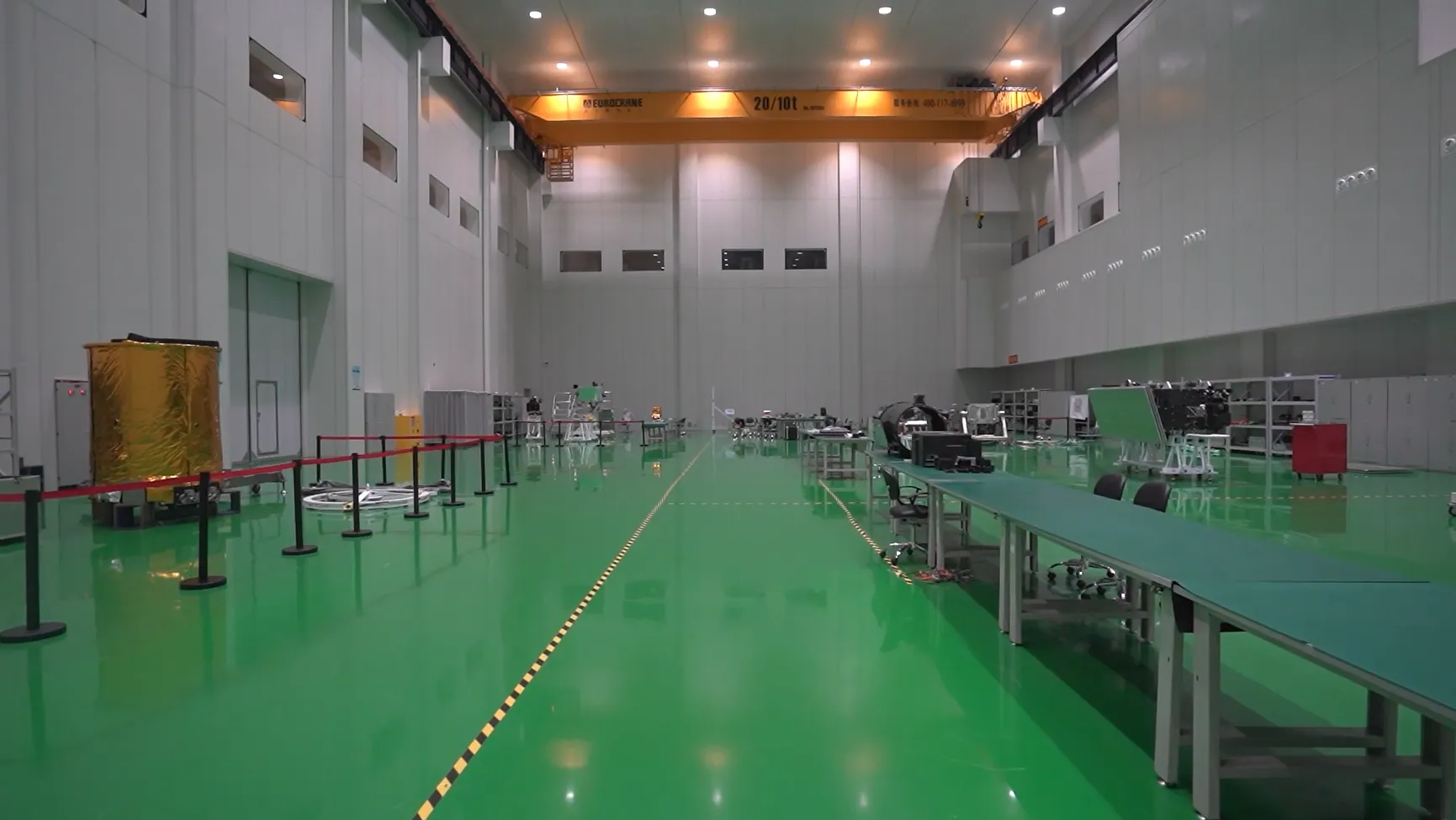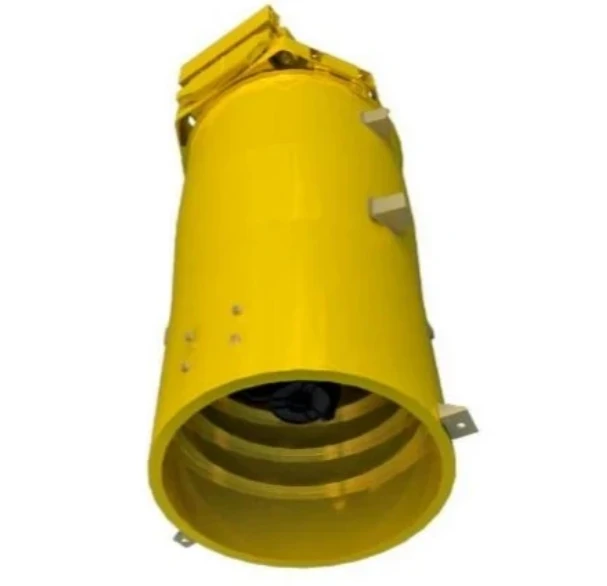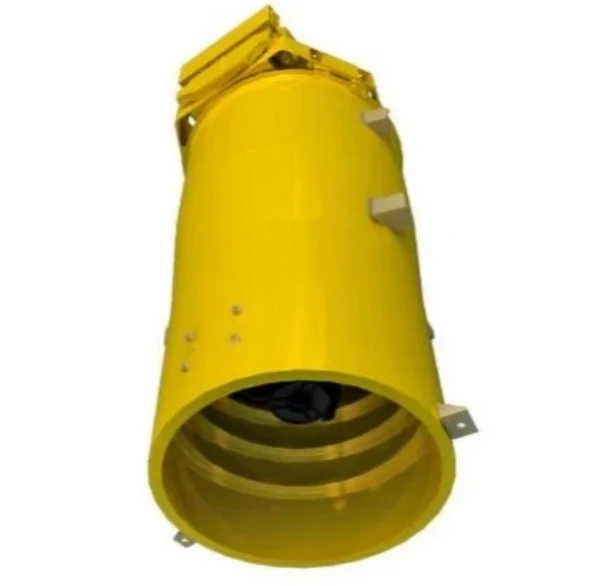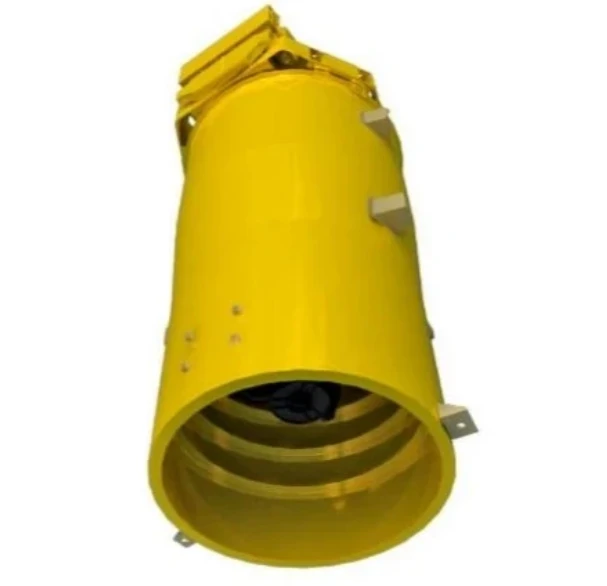
- આફ્રિકન
- અલ્બેનિયન
- એમ્હારિક
- અરબી
- આર્મેનિયન
- અઝરબૈજાની
- બાસ્ક
- બેલારુશિયન
- બંગાળી
- બોસ્નિયન
- બલ્ગેરિયન
- કતલાન
- સિબુઆનો
- ચીન
- કોર્સિકન
- ક્રોએશિયન
- ચેક
- ડેનિશ
- ડચ
- અંગ્રેજી
- એસ્પેરાન્ટો
- એસ્ટોનિયન
- ફિનિશ
- ફ્રેન્ચ
- ફ્રિશિયન
- ગેલિશિયન
- જ્યોર્જિયન
- જર્મન
- ગ્રીક
- ગુજરાતી
- હૈતીયન ક્રેઓલ
- હૌસા
- હવાઇયન
- હીબ્રુ
- ના
- મિયાઓ
- હંગેરિયન
- આઇસલેન્ડિક
- ઇગ્બો
- ઇન્ડોનેશિયન
- આઇરિશ
- ઇટાલિયન
- જાપાનીઝ
- જાવાનીઝ
- કન્નડ
- કઝાખ
- ખ્મેર
- રવાન્ડા
- કોરિયન
- કુર્દિશ
- કિર્ગીઝ
- મજૂરી
- લેટિન
- લાતવિયન
- લિથુનિયન
- લક્ઝમબર્ગિશ
- મેસેડોનિયન
- માલાગાસી
- મલય
- મલયાલમ
- માલ્ટિઝ
- માઓરી
- મરાઠી
- મોંગોલિયન
- મ્યાનમાર
- નેપાળી
- નોર્વેજીયન
- નોર્વેજીયન
- ઓક્સિટન
- પશ્તો
- પર્શિયન
- પોલિશ
- પોર્ટુગીઝ
- પંજાબી
- રોમાનિયન
- રશિયન
- સમોઅન
- સ્કોટિશ ગેલિક
- સર્બિયન
- અંગ્રેજી
- શોના
- સિંધી
- સિંહાલી
- સ્લોવાક
- સ્લોવેનિયન
- સોમાલી
- સ્પેનિશ
- સુન્ડનીઝ
- સ્વાહિલી
- સ્વીડિશ
- ટાગાલોગ
- તાજિક
- તમિલ
- તતાર
- તેલુગુ
- થાઈ
- ટર્કિશ
- તુર્કમેન
- યુક્રેનિયન
- ઉર્દુ
- ઉઇગુર
- ઉઝ્બેક
- વિયેતનામીસ
- વેલ્શ
- મદદ
- યિદ્દિશ
- યોરૂબા
- ઝુલુ
Space-Level Solar Cells: Powering the Future
The world of renewable energy is rapidly evolving, and one of the most exciting innovations is the development of Space-Level Solar Cell technology. These advanced solar cells are designed to harness the power of the sun in ways previously unimaginable, enabling more efficient energy production for both space missions and Earth-based applications. Let's take a closer look at why Space-Level Solar Cells are set to revolutionize the energy sector and how they are paving the way for sustainable power solutions.

What Is a Space-Level Solar Cell?
A Space-Level Solar Cell is a specialized solar cell designed for use in space environments. These cells are built to withstand the harsh conditions of outer space, such as extreme temperatures, radiation, and the vacuum of space. Unlike traditional solar cells used on Earth, Space-Level Solar Cells are engineered to capture and convert sunlight into energy with unparalleled efficiency, even in the challenging conditions of space.
The key to the success of Space-Level Solar Cells lies in their advanced materials and design. These solar cells use high-performance semiconductor materials that are optimized for space applications, ensuring that they can generate maximum energy output with minimal degradation over time. As a result, they are ideal for powering satellites, space stations, and other space-based infrastructure, but their technology is also being adapted for use on Earth, where they hold the potential to drastically improve the efficiency of solar energy systems.
Why Are Space-Level Solar Cells Important?
The importance of Space-Level Solar Cells extends far beyond space exploration. These cells represent the future of solar energy, offering the potential to revolutionize the way we harness and use solar power. Their ability to operate efficiently in the extreme conditions of space has inspired engineers to adapt their design for terrestrial use, promising significant advancements in the solar energy industry.
One of the major advantages of Space-Level Solar Cells is their higher efficiency compared to traditional solar panels. In space, sunlight is more direct and abundant, allowing Space-Level Solar Cells to generate more power from the same amount of sunlight. This higher efficiency can be replicated on Earth by using similar technology, enabling solar systems to produce more energy without needing to expand their size or number of panels.
Moreover, Space-Level Solar Cells are designed to be long-lasting and durable, making them ideal for applications where maintenance is difficult or impossible. This is particularly important for space missions, where solar cells need to function flawlessly for years without human intervention. On Earth, this durability translates into longer-lasting solar power solutions that require less maintenance, reducing the overall cost of solar energy systems.
Applications of Space-Level Solar Cells
The applications of Space-Level Solar Cells are vast, ranging from space exploration to renewable energy solutions on Earth. In space, these solar cells are used to power satellites, rovers, and space stations, providing the necessary energy for everything from communications to life support systems. Space-Level Solar Cells have proven to be reliable in powering space missions, even in the harshest environments of outer space.
On Earth, the potential for Space-Level Solar Cells is immense. These advanced solar cells can be used in residential, commercial, and industrial solar energy systems to improve efficiency and reduce costs. By incorporating the technology used in Space-Level Solar Cells, solar panels can generate more energy from the same amount of sunlight, helping to meet the growing demand for clean, renewable energy.
In addition to traditional solar applications, Space-Level Solar Cells are also being explored for use in specialized technologies, such as electric vehicles, remote power systems, and off-grid energy solutions. Their ability to operate efficiently in a wide range of conditions makes them ideal for applications where space and energy efficiency are paramount.
The Future of Space-Level Solar Cells
The future of Space-Level Solar Cells is incredibly promising. As the technology continues to evolve, researchers are working to enhance the efficiency, durability, and cost-effectiveness of these cells. With advancements in materials science and manufacturing techniques, Space-Level Solar Cells will become even more efficient, offering greater energy output with less environmental impact.
One exciting prospect is the potential for Space-Level Solar Cells to play a key role in large-scale energy production, both in space and on Earth. In the future, solar farms in space could collect solar energy without the interference of Earth's atmosphere, transmitting power back to Earth using advanced technologies like wireless energy transfer. This could lead to a new era of limitless, clean energy production.
On Earth, Space-Level Solar Cells could help meet the global demand for renewable energy by improving the efficiency of solar power systems. As the cost of production decreases and the technology becomes more accessible, Space-Level Solar Cells could become a mainstream solution for sustainable energy.
Space-Level Solar Cells FAQs
What makes Space-Level Solar Cells different from regular solar cells?
Space-Level Solar Cells are designed to withstand the extreme conditions of space, such as radiation and temperature fluctuations. They are made from advanced materials that offer higher efficiency and durability, making them ideal for both space missions and Earth-based applications.
How do Space-Level Solar Cells work?
Space-Level Solar Cells work by converting sunlight into electricity through the photovoltaic effect. The materials used in these cells are optimized to capture sunlight and generate energy efficiently, even in the harsh conditions of outer space.
Can Space-Level Solar Cells be used on Earth?
હા, Space-Level Solar Cells are being adapted for use on Earth to improve the efficiency and durability of solar energy systems. These cells can generate more energy from the same amount of sunlight, making them ideal for residential, commercial, and industrial applications.
Are Space-Level Solar Cells more expensive than traditional solar cells?
Currently, Space-Level Solar Cells are more expensive than traditional solar cells due to the advanced materials and manufacturing processes involved. However, as the technology advances and becomes more widely produced, costs are expected to decrease.
What is the potential of Space-Level Solar Cells in the future?
The potential of Space-Level Solar Cells is vast. In the future, they could play a major role in large-scale energy production, both in space and on Earth. These cells could help power everything from satellites to electric vehicles and off-grid systems, revolutionizing the renewable energy industry.











